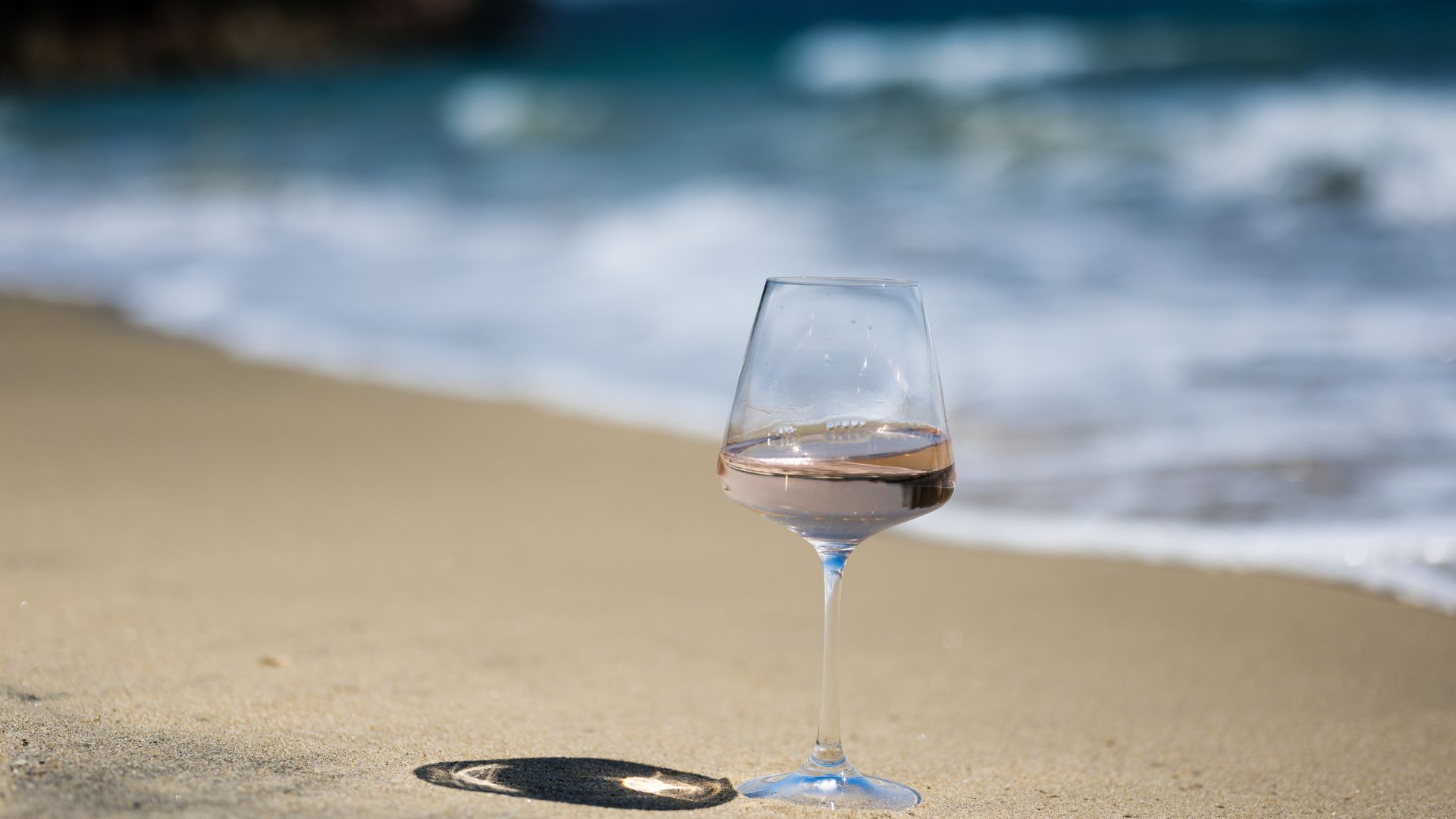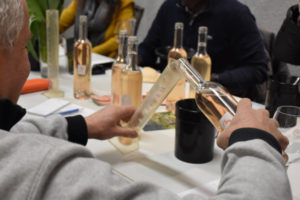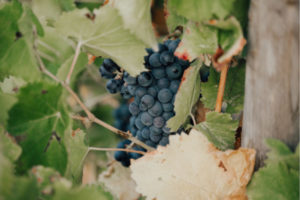
The most beautiful beaches in the Gulf of Saint-Tropez

The Gulf of Saint-Tropez, on France’s Mediterranean coast, is renowned for its idyllic scenery, turquoise waters and sandy beaches.
Read more
We take you to the vineyards all year round, and you can enjoy one of our experiences in the company of your wine expert guide; in the Gulf of Saint-Tropez and beyond.
There’s no time like the present to discover our region and the vineyards of Provence on the Côte d’Azur. Provence enjoys 300 days of sunshine a year, one of the main reasons why Beyond The Wine welcomes you all year round. In this article we tell you a little more about the cycle and flowering: in the vineyards and also of the mimosa.
When to come to Provence Alpes Côtes d’Azur, and more specifically to the Gulf of Saint-Tropez and surrounding area? You’re probably thinking spring or summer, but we can give you other reasons to come in the off-season.
During this “dormant” period, the leaves change color and eventually fall off. The vine sleeps until its next vegetative cycle. Provided the sap doesn’t freeze in the foot. Frost can be devastating not only for vines, but also for fruit trees and other vegetation… For the past 2 years, Beyond The Wine has been offering rosé blending workshops at Domaine Val d’Astier in Cogolin (January to mid-March). Learn the art of blending in Provence, in the company of your guide.


It’s also the time when the winter mimosa blooms. Beyond The Wine takes you on a tour of the area around the Gulf of Saint-Tropez, including wineries in the magnificent village of Bormes les Mimosas, just a few minutes from Fort de Brégançon, the summer residence of our French President, and Le Lavandou, as well as a local brasserie.
Voir cette publication sur Instagram
After “pruning” during the winter, the first “vine tears” arrive. The sap rises as temperatures rise. Then comes the moment of “bud burst”, when the bud swells to reveal a young shoot. Once again, frost can be devastating for buds.
Voir cette publication sur Instagram
During “flowering”, the warmth and sunshine produce white flowers with a divine fragrance. Next, the flowers open and the caps fall off, revealing the future grapes. It’s at this stage that everything comes into play for the winegrower, and he can already see the future yield and quality of future wines.
Voir cette publication sur Instagram
Now it’s time for the grapes to set, and the winegrower can make an initial estimate of his harvest. The winegrower also cuts away any leaves that might obscure the grapes from the sun, to ensure that they receive the optimum amount of sunlight, neither too much nor too little, and to avoid diseases such as mildew. This is called “effeuillage”. In Provence, we cut off just enough of the bunches so that they receive optimum sunlight without being burnt by the sun.


During “véraison”, the grapes change color from green and hard. Until the harvest, the grapes grow and ripen, soaking up sugars. This is known as “maturation”, and it plays a fundamental role in determining the character of future vintages. As the grapes ripen, they gain sugar and lose acidity, and the weather also has an influence on the wine.
A hundred days after flowering, it’s time for the harvest. Beyond The Wine invites you to join us at Domaine des Tournels. The winemaker harvests at optimum ripeness, and it’s during this marvelous sweep of harvesting machines and tractors that the freshly picked grapes go into the cellar to become the freshly pressed juice that your guide will be delighted to let you taste. Then it’s time to taste the previous vintage and share your knowledge over a Provencal snack.
Voir cette publication sur Instagram